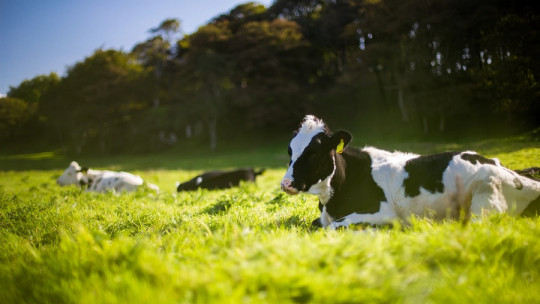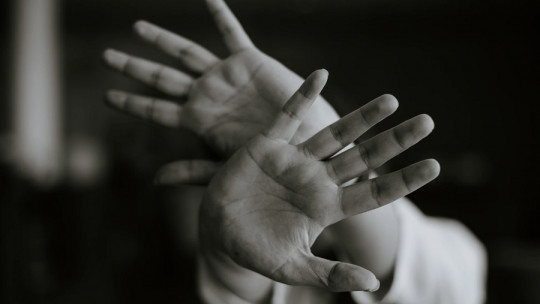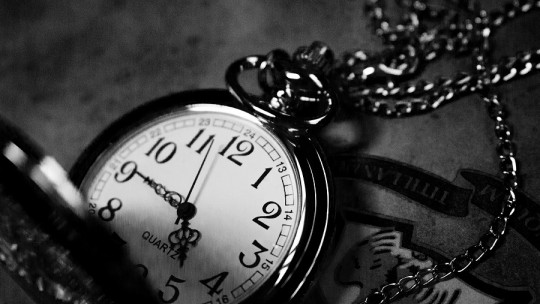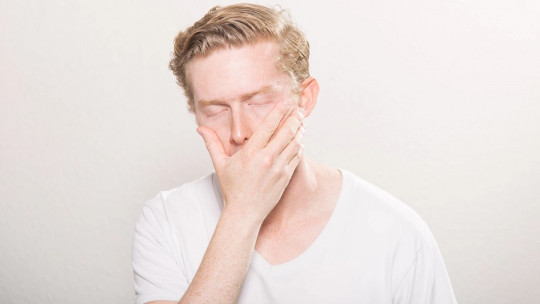We know that there are many phobias, since you can have too much of practically any stimulus. Animal phobias, for example, are very typical (especially in childhood); Today we will talk about one of them: bovinophobia
As its name may suggest, bovinophobia is the phobia of cows or cattle (that is, cows, bulls and oxen). Why does this phobia appear? How can it be treated? We will answer these questions throughout this article.
Bovinophobia: what is it?
Bovinophobia, also called taurophobia, is phobia of cows or cattle (which includes cows, bulls, and oxen) Specifically, it is a specific phobia, where the feared stimulus or situation can be specified (in this case, cows or cattle).
Let us remember that specific phobias are actually anxiety disorders , cataloged as such in the DSM-5 (Diagnostic Manual of Mental Disorders). The main characteristic of phobias is an intense, irrational and disproportionate fear of a specific stimulus. In addition to this main symptom, other associated symptoms appear, as we will see later.
Specific phobias, according to the DSM-5, can be of 5 different types: phobia of natural events, phobia of animals, phobia of blood/injection/wounds, situational phobias and other types of phobia. Thus, bovinophobia corresponds to an animal-type phobia.
Origin
Where does this term come from? “Bovinophobia” comes from the Latin “bovi”, which means “ox or cattle”, and the Greek “phobos”, which means “fear”. In the case of its equivalent term, “taurophobia,” “tauro” comes from Latin, and means “bull.”
Types of livestock
Before delving into the symptoms, causes and treatments of bovinophobia, we are going to specify well What type of animals does cattle include? (the phobic object of bovinophobia).
First of all, we must know that there are five types of livestock, depending on the domesticated or raised species. Livestock is that group of animals raised by humans; These are mainly mammalian animals, which are raised to obtain and market their meat and derivatives (milk, cheese, wool…).
The five types of livestock mentioned are:
Cattle
Cattle include these three mentioned animals; cows (females), bulls (males) and oxen. These are herbivorous (meat-eating) and domesticated mammals, belonging to the genus Bos, of the Bovidos family
As for their physical characteristics, they are large animals, with two horns (or hollow antlers) that they retain throughout their lives.
Symptoms
The symptoms of bovinophobia correspond to the typical symptoms of a specific phobia, applied, in this case, to intense fear of cows, oxen, and bulls
1. Anxiety or fear
The main symptom of bovinophobia is anxiety or intense fear of being around cows or cattle. Logically, people who live in urban environments will hardly encounter such a situation.
In this way, they will be People who live in rural environments are more likely to suffer from this anxiety symptom more
On the other hand, it is also true that this anxiety can appear when watching cows or livestock on television, without having to see it in person.
2. Avoidance
The person who suffers from bovinophobia also manifests this other symptom, which is avoidance; Thus, avoid being in places where you can see cows or livestock (such as farms, rural environments…).
So, you can avoid going on certain field trips for this reason. If avoidance does not appear, the situation is endured with high anxiety (for example being near cows).
3. Physical symptoms
In bovinophobia, associated with anxiety, Other psychophysiological symptoms appear, which may or may not cause a panic attack (anxiety attack) in the individual. These symptoms can be sensations of suffocation, sweating, tachycardia, dry mouth, dizziness, vomiting, nausea… and they have to do with the sympathetic nervous system.
4. Deterioration in quality of life
Although it is true that in order to diagnose a phobia there must be interference or deterioration in the individual’s life, what happens if in this case the person lives in an urban environment (for example a city) where it will not be very common for them to have What to see cows, oxen and/or bulls? That you will not suffer from this symptom.
The debate is, are we talking then about a case of bovinophobia? Surely yes, although Due to environmental circumstances, this disorder does not cause this interference in the patient Fortunately.
Causes
What are the causes of bovinophobia? As in any specific phobia, One of the most likely causes is having experienced a traumatic situation with cows, bulls or oxen (or even similar animals). This situation may have been a bite, a blow, an attack, etc., by these animals.
More related traumatic situations may be the fact of having seen bullfights or other types of events, where bullfighters die. This includes having seen it in person or on the news. Specifically, in Spain, since the year 1700, it is estimated that around 325 bullfighters have lost their lives during a bullfight. Listening to stressful or violent stories related to cattle It can also cause bovinophobia.
On the other hand, since these animals are of large proportions, and even have horns, all of this makes it easier to fear this type of mammal (especially the bull), since they can command a certain respect in themselves; However, in the case of bovinophobia, this fear is excessively intense and disabling.
Treatment
Regarding the treatment of bovinophobia, as long as this disorder interferes with the patient’s life and they want to be treated, we find different options. The main ones are two: exposure therapy and cognitive therapy (they are the most effective therapies to treat specific phobias).
Through the first, the patient would be exposed to the phobic stimulus (in this case, the cow, the bull or the ox). One option is to do it first through static images (for example on paper), later through videos, to end with a real experience, in which you are close to these animals (in between there would be more steps and items).
Ideally, the person should be able to end up approaching them and touching them (in a safe and controlled environment). All these steps, logically, would be gradual (a prior hierarchy would be created).
Regarding cognitive therapy for bovinophobia, The patient will be sought to acquire coping strategies for anxiety (for example through breathing), and eliminate negative, dysfunctional and irrational thoughts in relation to this type of animals.









